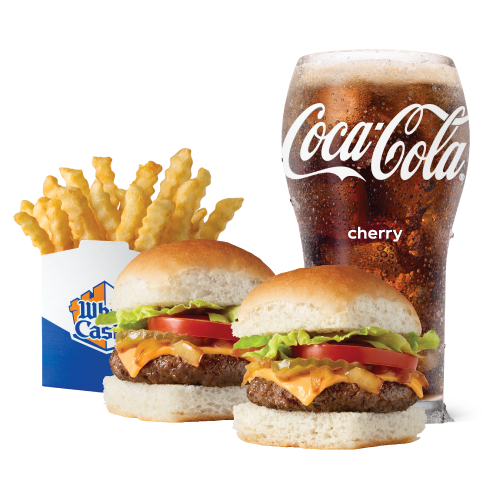White Castle: Evolution of Leadership in a Family-Owned Restaurant Chain
Explore the recent changes in White Castle's leadership structure, its transition to non-family members in key roles, and the impact of family ownership on the company's success and innovation.

Transitioning Leadership: The Appointment of Anthony Joseph as President
White Castle, known for its family-owned legacy, made a significant move by appointing Anthony Joseph as the first non-family member to hold the position of president. This decision marked a pivotal moment in the company's history, signaling a shift towards embracing external perspectives in leadership roles.
Family Business Dynamics: Succession Planning and Long-Term Vision
CEO Lisa Ingram's emphasis on long-term planning and the absence of a fifth-generation family member ready for presidency underlines the importance of succession planning in family businesses. Ingram's strategic decision to ensure an emergency succession plan reflects a commitment to safeguarding the company's future.

Incorporating External Leadership: Lessons from Past Appointments
White Castle's history of bringing in external leadership, such as COO Jeff Carper a decade ago, demonstrates a willingness to integrate fresh perspectives into the organization. Joseph's role expansion into day-to-day operations showcases the company's openness to diversifying its leadership structure for growth.
The Value of New Leadership: Navigating Industry Challenges
Anthony Joseph's experience and vision for overcoming industry challenges highlight the benefits of incorporating non-family members into key roles while leveraging the company's unique brand equity. The blend of family heritage and external expertise positions White Castle to tackle market obstacles effectively.
Family Ownership: A Pillar of Success and Innovation
Ingram's belief in the significance of family ownership and a non-franchise model as the core of White Castle's success emphasizes the control over customer experience and operational quality. This ownership model propels the company to maintain a distinct market position and foster deep connections with customers.

Future Growth Strategy: Focus on Development and Innovation
White Castle's strategic goals for 2025 revolve around expansion in key markets like Arizona and Florida, alongside a dedicated focus on innovation in loyalty programs, product offerings, and digital platforms. The introduction of the French Toast slider sandwich reflects the company's commitment to evolving its menu offerings.
Employee-Centric Approach: Nurturing a Positive Work Environment
In response to industry volatility, White Castle prioritizes creating a supportive work environment through enhanced benefits, updated administrative systems, and employee-centric initiatives. A strong organizational culture is essential in navigating challenges and fostering employee engagement for sustained success.

Final Thoughts: Balancing Tradition and Progress at White Castle
As White Castle embraces leadership evolution and innovation, the company strikes a delicate balance between its rich family heritage and the need for strategic adaptation in a competitive industry landscape. The synergy of tradition and forward-thinking initiatives positions White Castle for continued growth and relevance in the market.